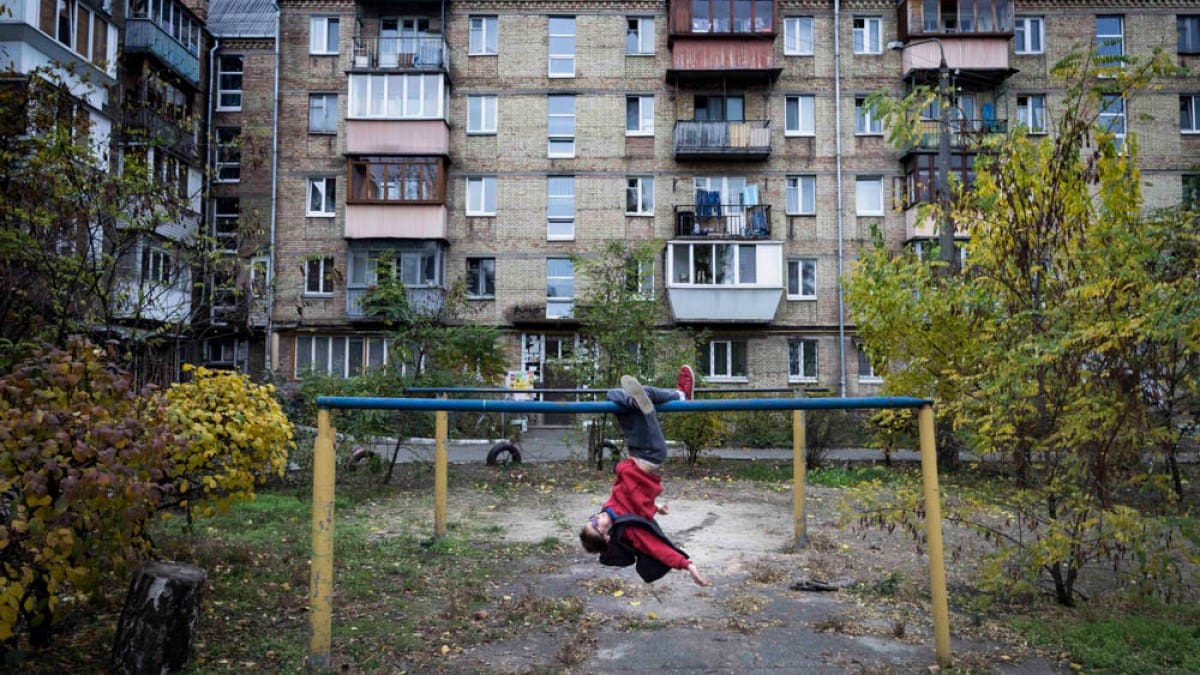Kiev, Ukraine – Square and simple. Red bricks. Five flights of stairs. No elevator. Branches and dry leaves climb along the facades, between balconies. The structures are drab, dreary, bleak, dilapidated. They all look the same.
The bulk of the Ukrainian capital’s housing stock dates from the times of Soviet leaders Joseph Stalin, Nikita Khrushchev, and Leonid Brezhnev. These housing blocks – containing dozens of apartments with four to six square-metre kitchens, thin brick walls, midget hallways and one to three rooms – are known as Khrushchyovkas and represent a big percentage of total housing in Kiev today: 3,055 buildings that include some 211,512 apartments.
The grim residential buildings embody Nikita Khrushchev’s logic and politics and helped solve the USSR’s housing crisis after World War II. They were designed for one purpose: to put a roof over the heads of as many people as possible, as quickly as possible.






